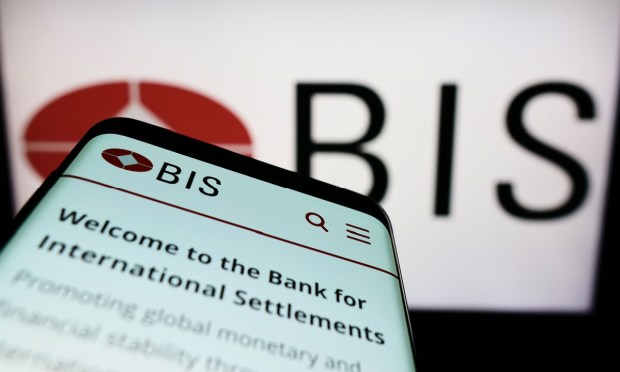BIS Report: BNPL Plans Pose Risks and ‘Warrant Monitoring’

Buy now, pay later (BNPL) plans have been marked by higher delinquency rates even as growth and enthusiasm for those payments offerings have soared, the Bank for International Settlements (BIS) said on Monday (Dec. 4).
“The rapid ascent of BNPL could be of concern to public authorities for two reasons: consumer protection issues and the accumulation of credit risk It is thus important to establish whether BNPL schemes take advantage of financially constrained individuals through misleading promotions and inadequate information,” contended the BIS. “In turn, since BNPL platforms suffer from high delinquency rates, a sustained growth of these platforms would warrant monitoring of their direct and indirect links with the rest of the financial system.”
The Audiences and the Demands
In its quarterly review to discuss trends and data on financial developments, the BIS said that BNPL “is growing strongly, especially in countries with strong e-commerce, higher inflation, inefficient banking systems and less stringent regulations.” And, noted the paper, the payment option is especially popular with younger adults, who tend to carry heavier debt loads and have lower credit scores.
The paper cited PYMNTS Intelligence data that shows millennials and Generation Z individuals do not possess credit cards to the extent their older brethren do, and cites separate studies that show that younger consumers are less financially literate than older populations.
In the meantime, per the BIS findings, merchants pay fees to transfer credit risks to the BNPL platforms, and “relying primarily on fee revenues, platforms have faced profitability challenges due to high operating costs and rising credit losses.”
The data show, too, that the soft checks conducted by BNPL platforms collect less data (that help determine credit worthiness) than do traditional checks.
As for the providers themselves, profitability has proven elusive for the Afterpays and Klarnas of the world, stated the BIS, as they operate with high fixed costs.
“Most common BNPL credit agreements have fallen largely outside the scope of existing regulatory regimes. Recently, several governments started to amend their regulatory frameworks in a way that would bring BNPL into scope,” said the BIS. In many instances, such as in Australia, lending fee caps would be imposed, along with greater warning and disclosure requirements. In the U.S., providers might need state licensing or registration and must observe consumer credit laws.
What PYMNTS Data Show
In the PYMNTS Intelligence report “The Credit Accessibility Series: BNPL’s Wide-Ranging Impact on Consumers and Merchants,” a PYMNTS Intelligence and Sezzle collaboration, 16% of consumers — or 40.5 million people — in the United States used BNPL for at least one payment in any given month. And as many as 43% of BNPL users revealed they would have either delayed a purchase or opted for a cheaper product if BNPL was not available. The report found 16% of BNPL users made purchases using the product at least weekly, and another 25% did so monthly. More recently, BNPL use rose by 72% from the week before Thanksgiving. Consumers purchasing retail products during Black Friday via BNPL spent 32% more than those who didn’t, PYMNTS Intelligence found.

